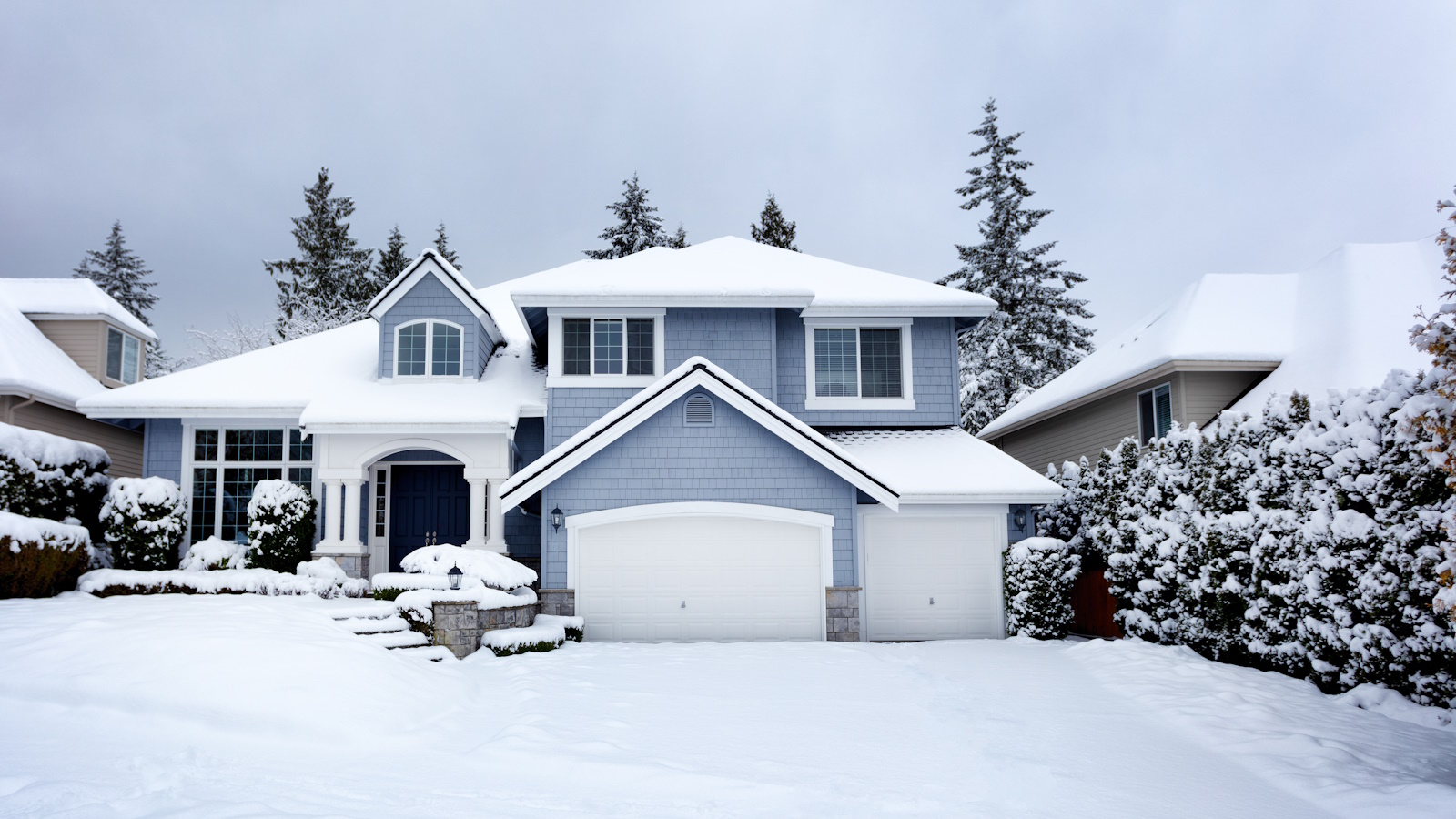
Knowing where to insulate your home will keep it feeling cozy and snug throughout the colder months.
We talked to the experts about the six areas of the home people should focus their insulating efforts on, as well as their advice on where to avoid to avoid problems down the line.
As winter approaches, many homeowners will be keen to find out how to keep a poorly insulated home warm. However, if you want to keep your property feeling comfortable, as well as ensuring your fuel bills don't rise astronomically, learn where to add in new insulation with our expert-approved guide.
The places in your home to always insulate
'Insulation is also one of those things that you will not get the money back that you invested when selling,' says Geoff Walker, superintendent at ASAP Restoration, 'but you will be glad you purchased it every time you don’t feel that pesky draft in your favorite room.
1. Take care of windows and doors first

When looking at how to prepare a house for cold weather, you really want to make sure that you are insulating those spots in the home where heat loss is most likely to occur. This will prevent your time and money to being wasted.
'The most heat loss from a home occurs at the windows and doors,' advises Geoff Walker. 'Any openings you have in the sides of a home will be a source for heat loss and air transfer. Gaps and cracks in the trim and frame can let out a huge amount of air and thus increase your bills.
'There is no way of eliminating heat transfer through these mediums completely, but you can reduce the amount lost by shoring up any gaps and cracks with caulking to ensure there is less heat transfer to the outside world.'
Use weatherproof, crack-proof sealant, especially outdoors, such as Gorilla Silicone Waterproof sealant on Amazon. Indoors, if you want to be able to paint over the area gap you plug up, use this acrylic latex caulk that is paint-ready in 30 minutes.
'People tend to not realize when it is time to replace their windows and that goes for the caulking and glass seals – which makes sure there is a gasket separating the inside and outside air – as well,' further explains Andrew Prchal, president of Gunner. 'Without a tight seal separating the interior of your home from outside air infiltration, you can find yourself wasting money trying to heat or cool the outdoors without even officially opening a window.'
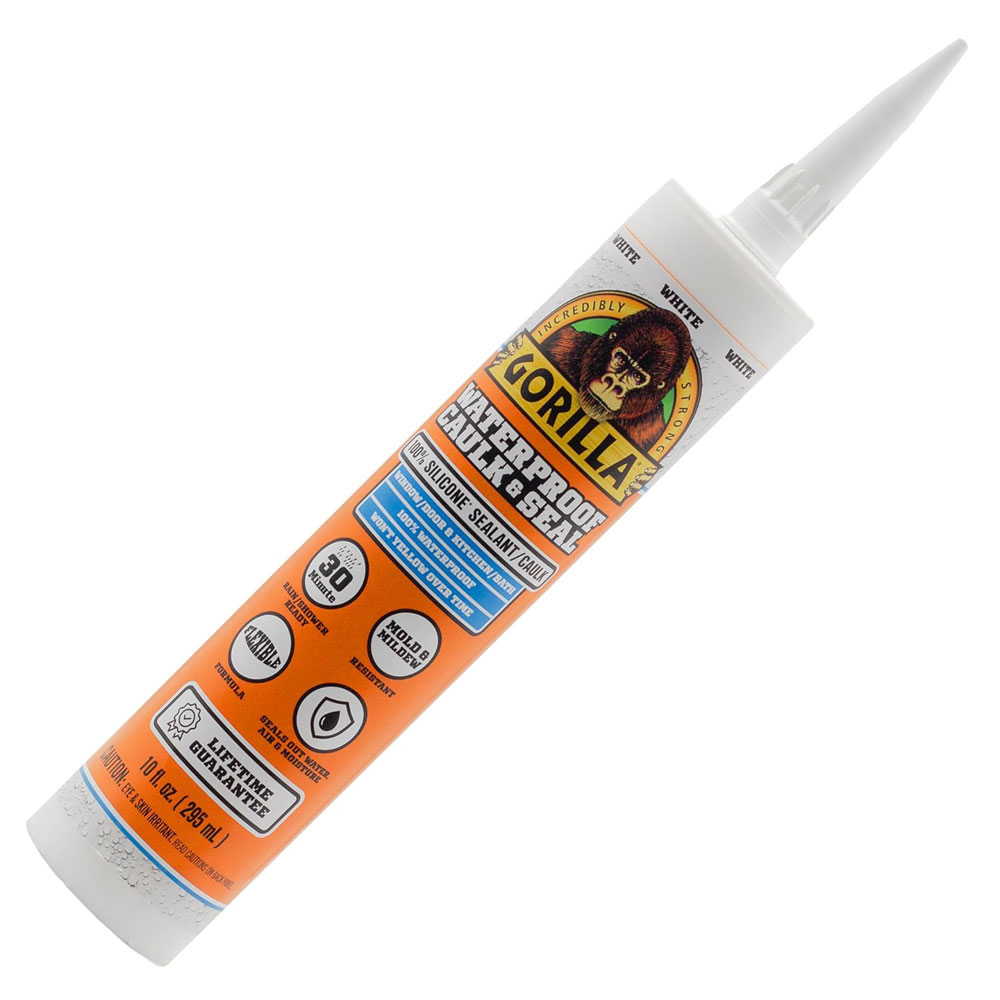
This easy-to-apply caulk is perfect for use around windows and doors and will keep out both draft and moisture. This particular sealant will also stand the test of time and, unlike some others, won't discolor or shrink a few months down the line.
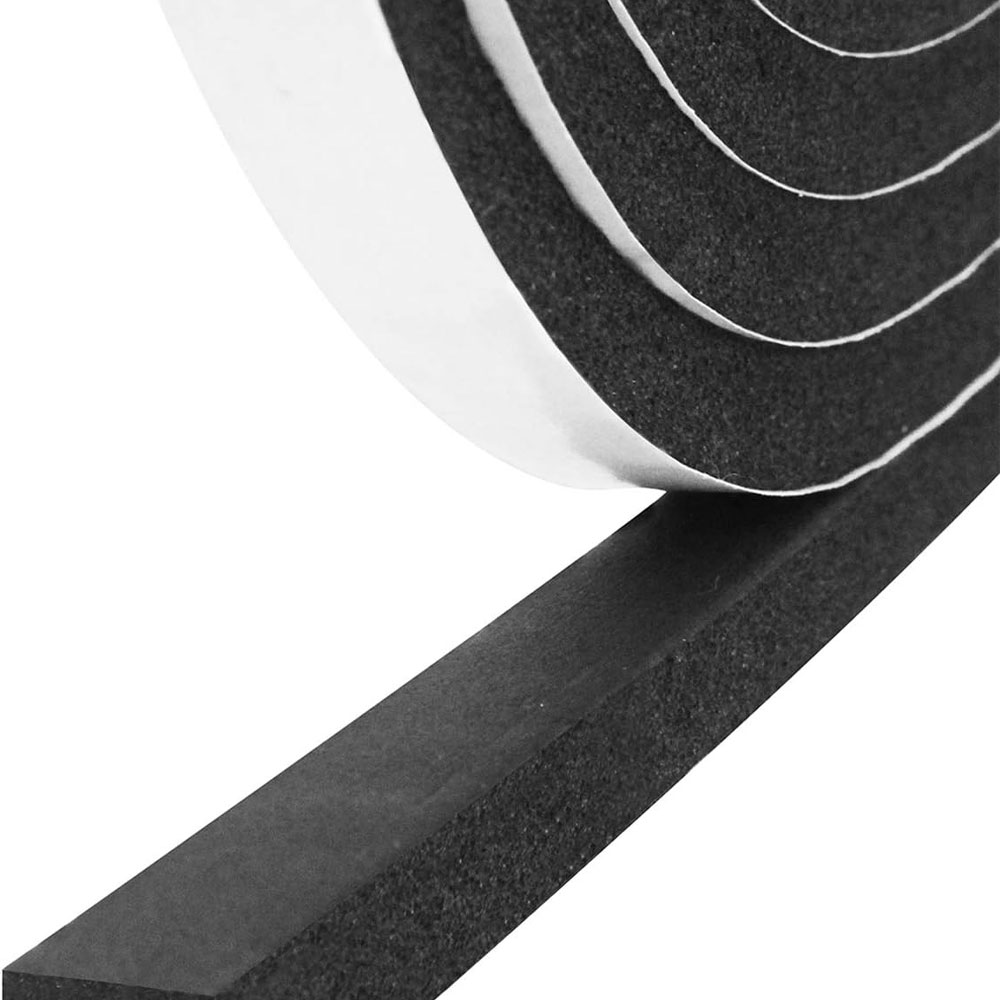
Self-adhesive weatherstripping is one of the best ways to seal windows and doors up to prevent drafts. This one is simple to fit and can be used in temperatures as low as -58° Fahrenheit. It also comes in a wide range of sizes and is easy to cut using scissors.
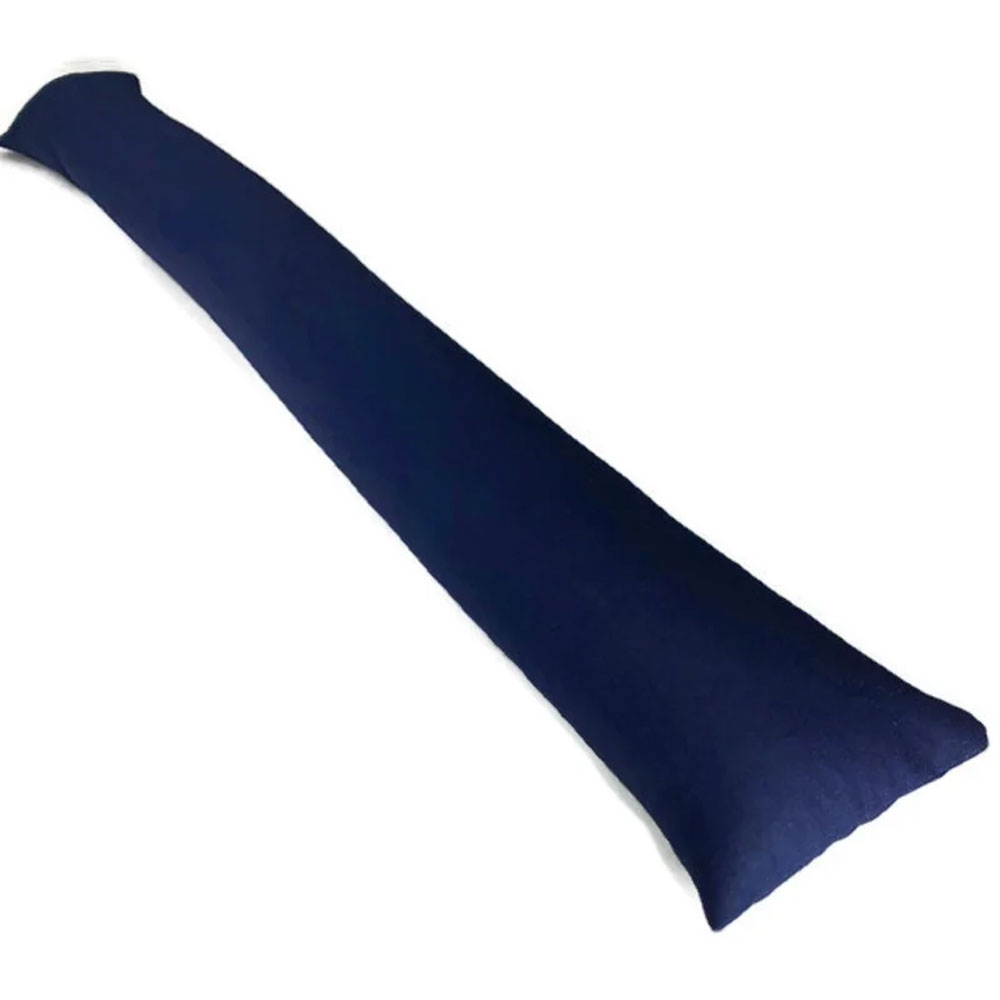
This stylish fabric draft snake is just the thing for keeping the wind from whistling in under doors and windows. We love that it is filled with a chemical-free buckwheat hull filling and there is no need to physically attach it to the frames of your openings.
2. Don't neglect your loft space
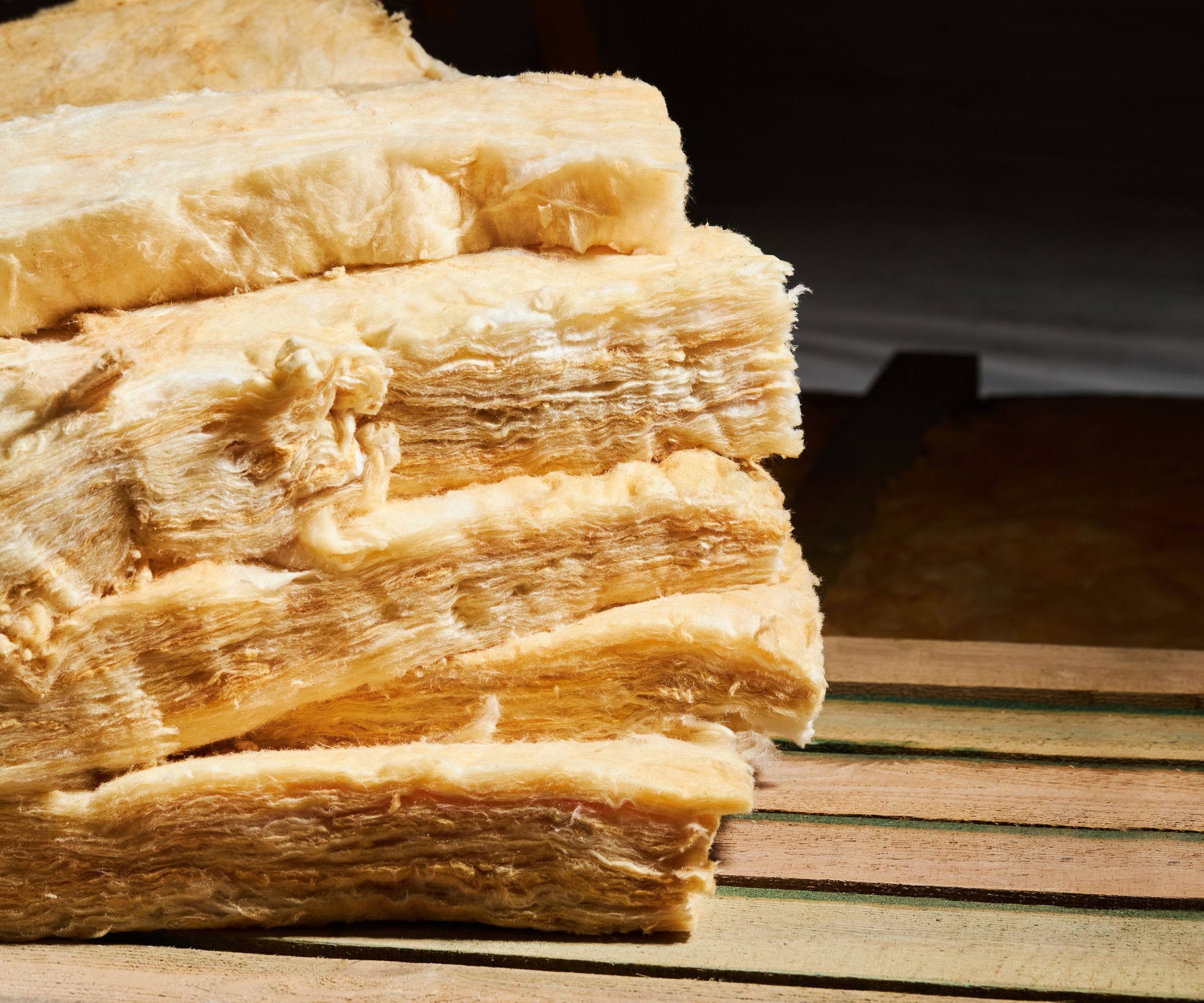
Your loft is another area of the home that needs attention when it comes to insulation – lots of heat can be lost here if you don't insulate it properly.
'After windows and doors, your attic will lose a lot of the heat that you produce in your home,' explains Geoff Walker. 'This is because hot air rises and, when it gets into the attic, it is trapped there until it flows out of the ventilation ducts, or until it is replaced by cooler air from below.'
You should focus on adding insulating between wall studs and between and over floor joists. You can also add insulation into the rafters. Don't neglect to insulate your loft access door either – this can be a real heat-loss hot spot.
Insulating a loft needs to be done with care though and it really will pay to investigate the various types of attic insulation first. While adding around 300 mm of insulation will really help lower household bills, you need to be careful not to over-insulate here.
'A big mistake that people make when insulating is not allowing the home to have proper ventilation,' confirms Andrew Prchal. 'This can cause issues with the roof or siding overheating and prematurely deteriorating.
If you ever have a leak in the roof, check your insulation as some types are prone to mold when they get wet.
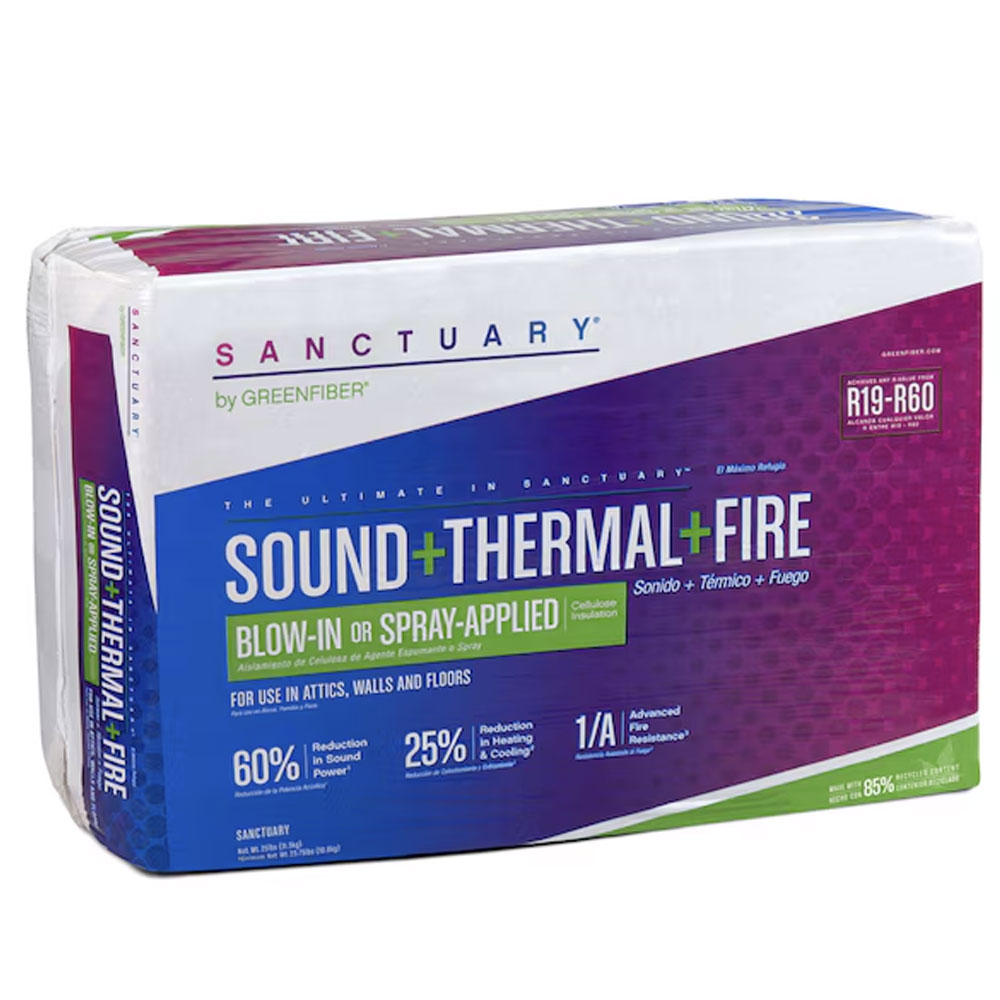
This bag will insulate 48.7 sq. ft and is suitable for use in attics, walls, floors and ceilings making it a great multi-purpose product. We love that this insulation can either be blown-in or applied via a spray – plus it can improve soundproofing by 60%.
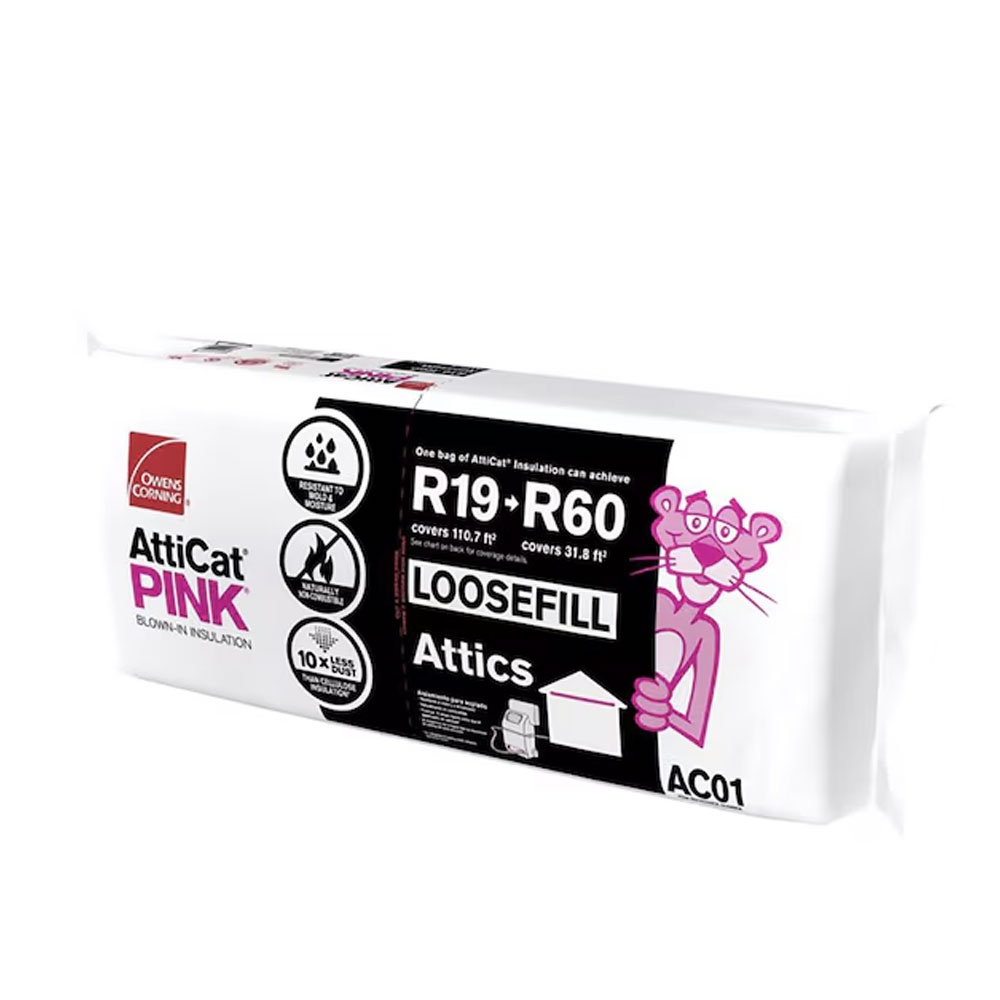
If you are looking for a quick, easy and efficient way to insulate your home, a blown-in product such as this is perfect. One bag covers 110.7 sq. ft and you can hire the machine needed to put it into place for 24-hours – plenty of time to complete the job.
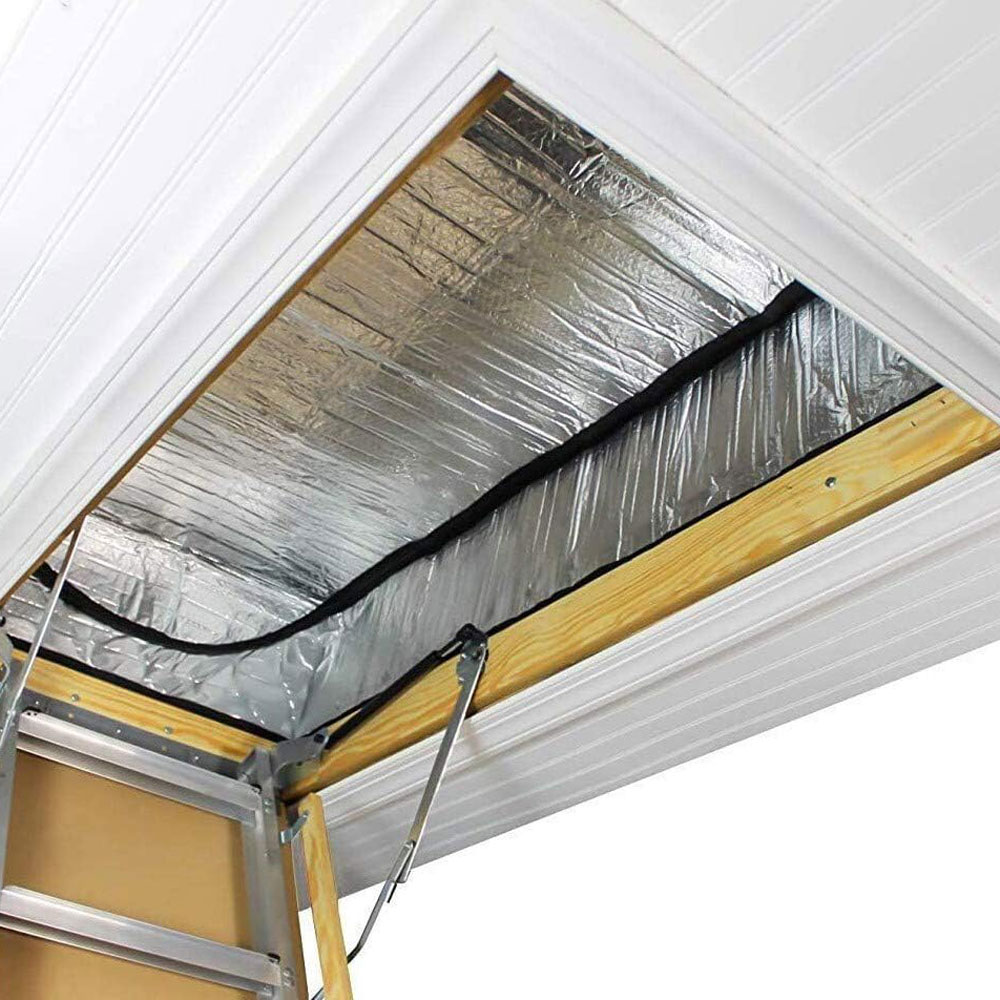
All too often people forget to insulate their loft hatches but so much heat can be lost in this way. This insulating stairway cover seals the opening up completely when not in use yet can simply be zipped open for easy access. It is also really easy to install in under 15 minutes.
3. Prioritize exterior walls
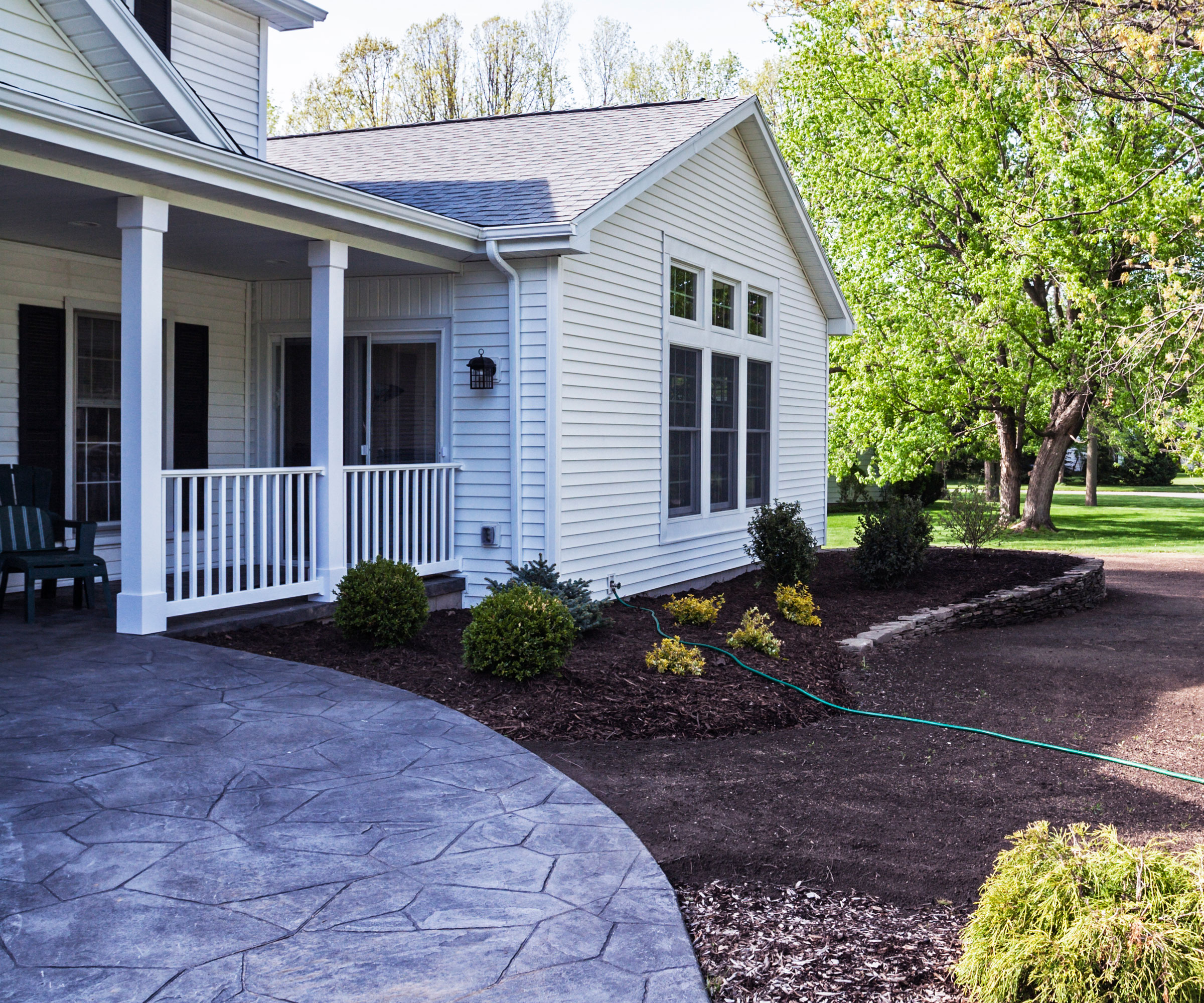
If you are winterizing a house, according to the experts we spoke to, insulating exterior walls is far more effective than adding insulation to the inside of your walls. All exterior walls should be insulated, including those that separate an unheated garage or outbuilding from the main house.
'Air could be sneaking in or out through gaps and cracks in the framing behind the siding,' says Andrew Prchal. 'While insulation is meant to trap the warm air inside your home and create a barrier between inside and outside, if you have gaps or cracks in the exterior framing, this can create another instance in which outside air is infiltrating your home and subsequently you will lose warm air to the elements. Siding can help seal it up, but what is best is an insulated barrier for insulated siding.
'The purpose of insulation is to keep the air from the exterior of the home from penetrating the interior,' continues Andrew Prchal. 'These parts are closest to the natural elements and more susceptible to infiltration from cold and warm air. This also included the roof.'
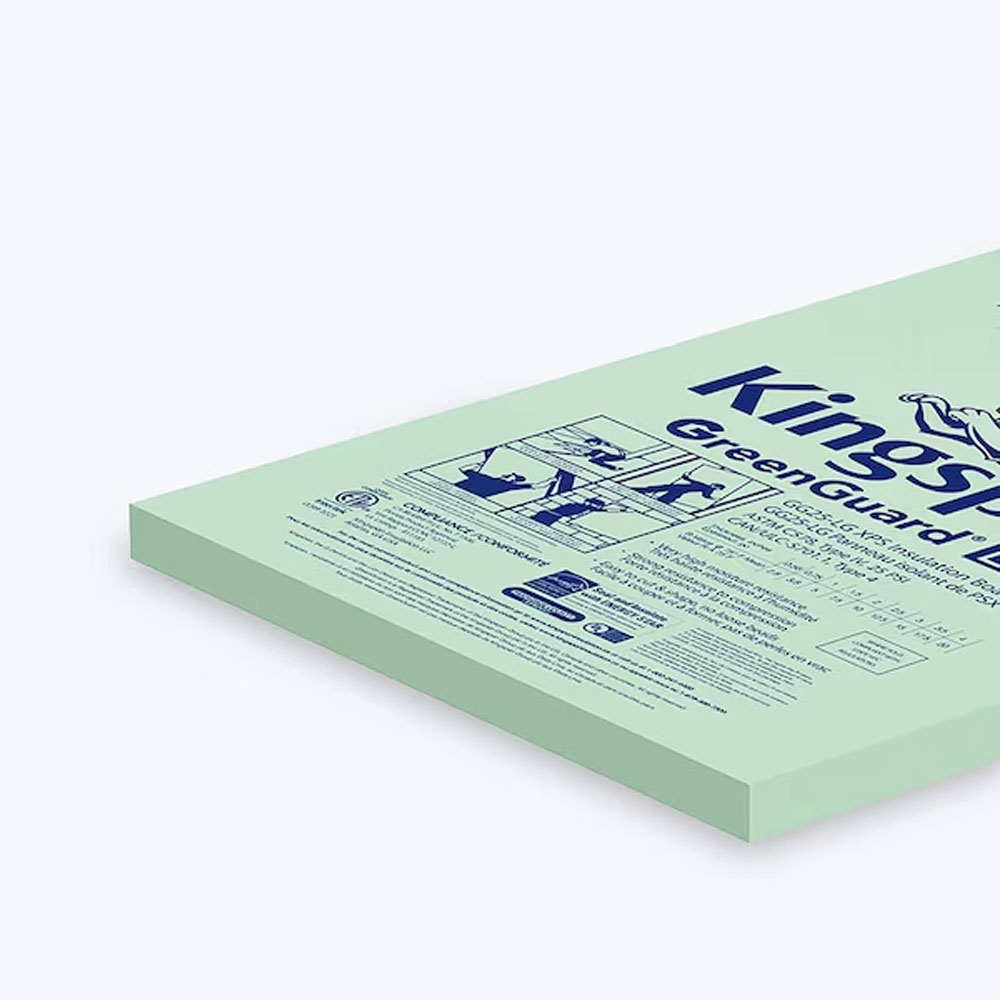
This foam insulation board measures 2-in x 4-ft x 8-ft and can be laid continuously on exterior walls, increasing their R-value and keeping the entire house warmer. It is easy to cut and fit and can also be used internally for floors and walls.
4. Some floor insulation is a good idea
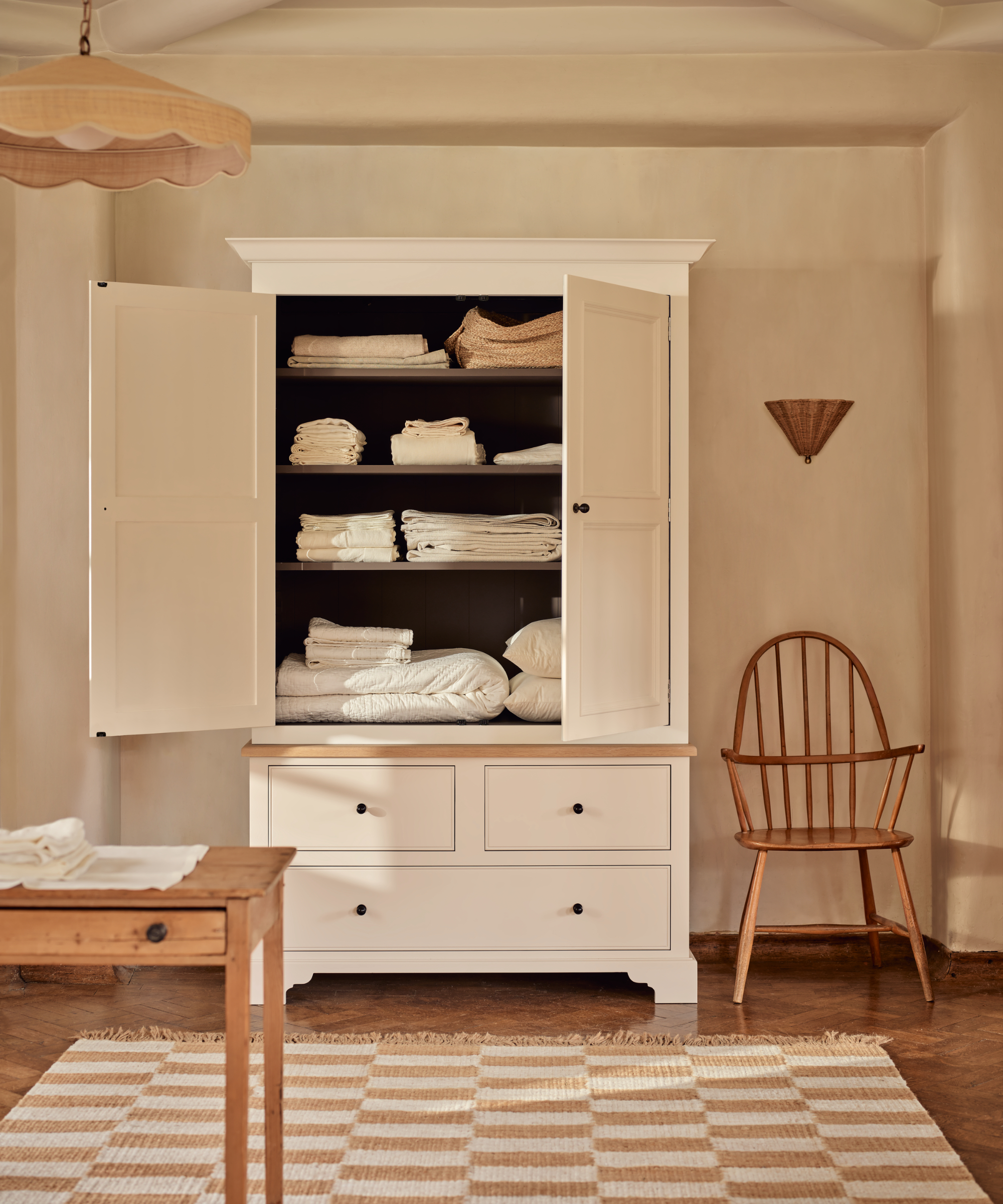
If you have rooms that sit over an un-insulated garage, crawl space or overhang the ground floor, consider insulating the floors to keep them feeling comfortable once winter hits.
Fiberglass insulation or spray foams are both popular methods of insulating above a garage, and are easy to install on a DIY basis too.
Additionally, insulating a crawl space will help warm up the spaces it sits beneath. You can also add rugs to floors to add an extra layer to help with comfort and insulation.
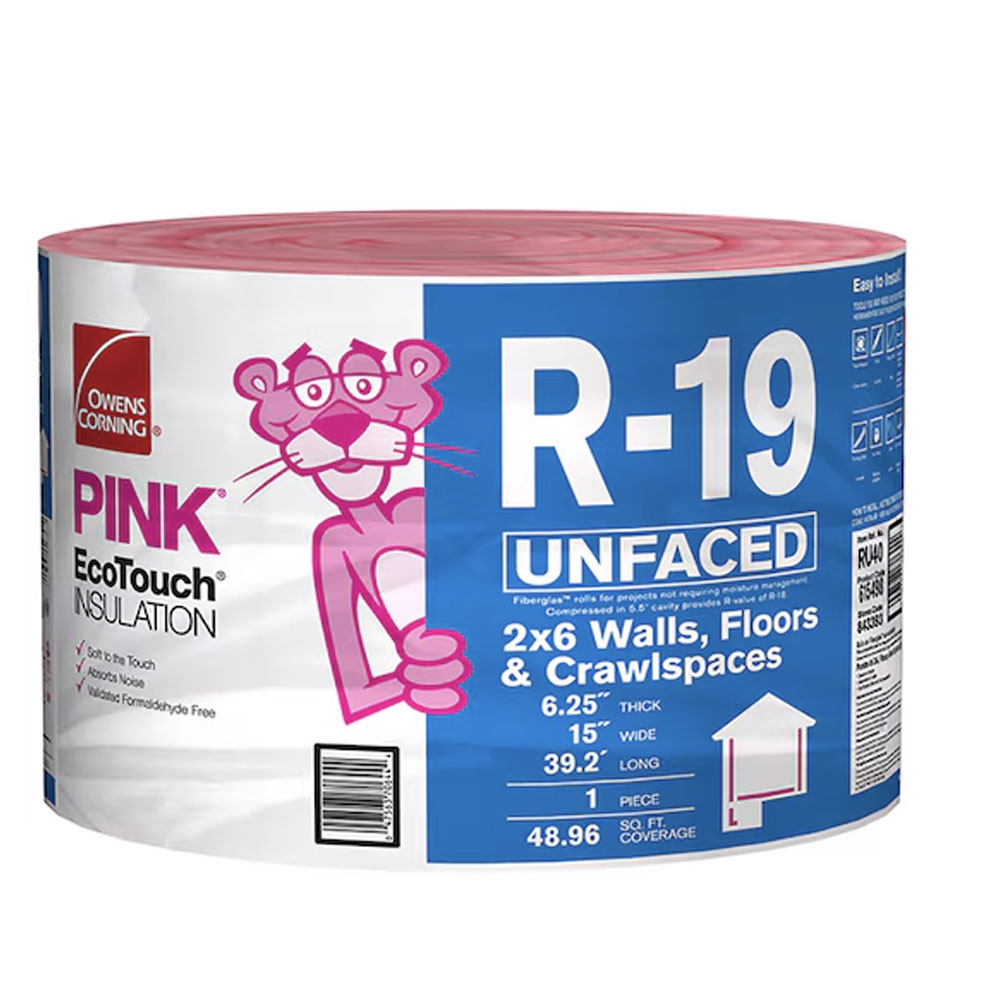
Although this is a fiberglass insulation, it requires no 'fluffing' up to get it to shape, is easy-to-cut and soft to the touch. It slides easily into place and is perfect for keeping floors toasty underfoot.
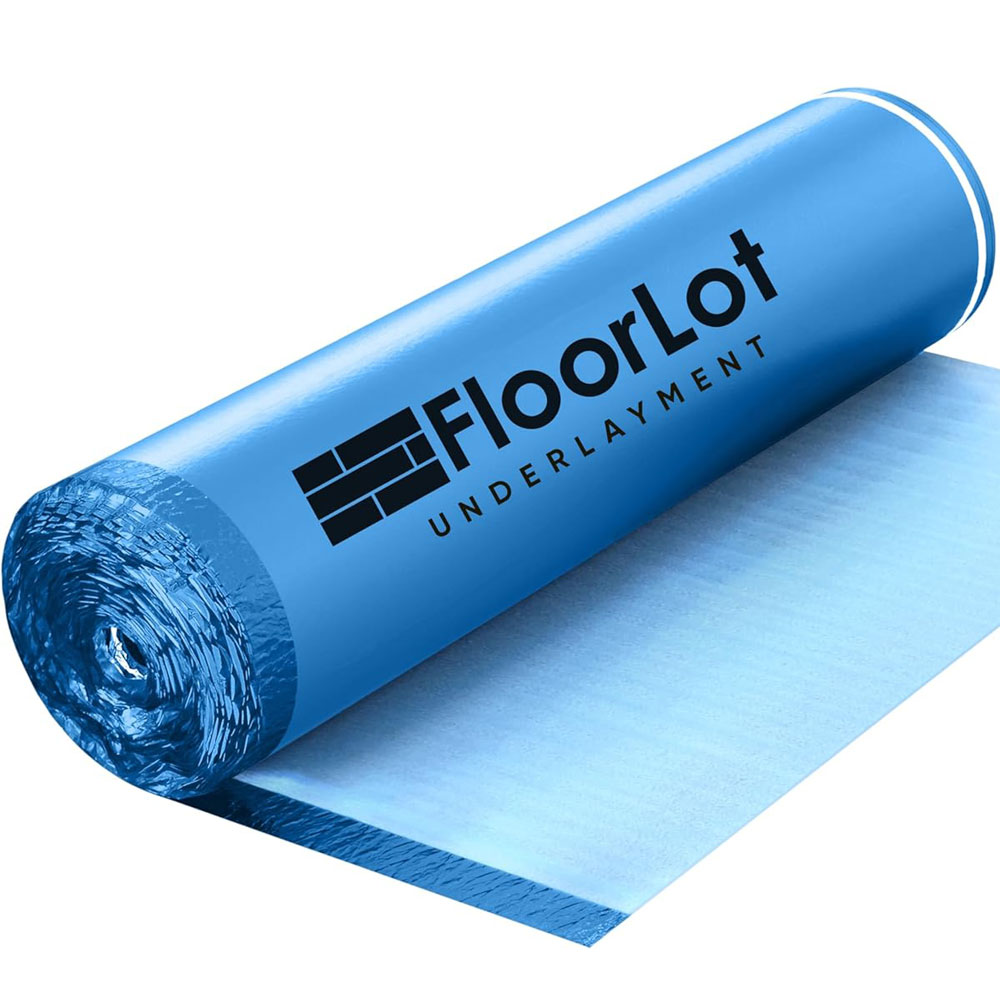
Alongside your insulation, don't forget the importance of a good underlayment – it can make all the difference to how warm floors feel underfoot. This roll covers 200 sq.ft and helps with thermal and sound insulation.

Not only will this beautiful Persian-inspired rug add a vibrant pop of color to any room it graces, it is also thick and super soft underfloor – perfect for blocking any draft trying to sneak up through your floors.
Insulating interior walls can be a waste of time
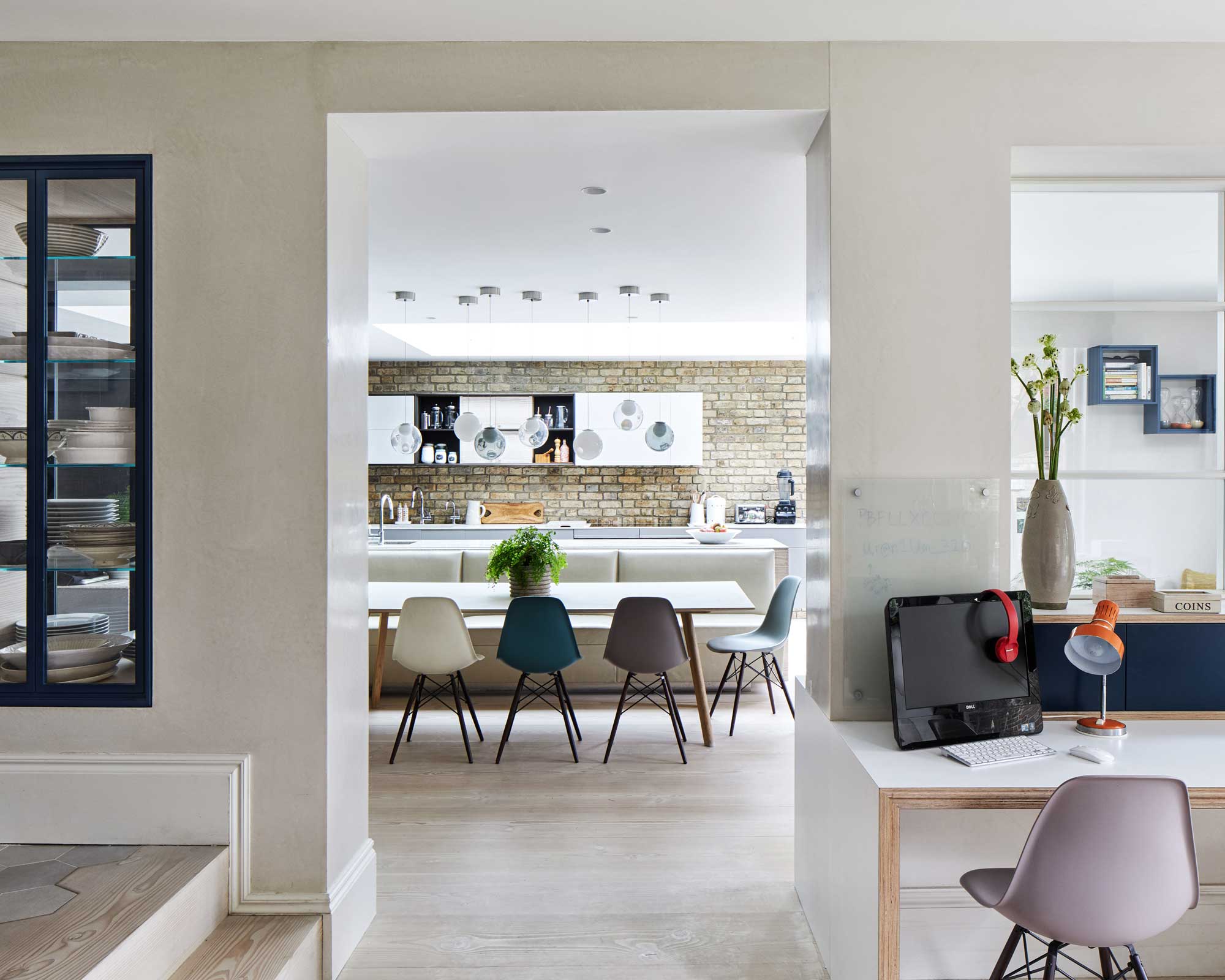
While your exterior walls should be an area you focus on when insulating, if you don't want to end up over-spending on the task of keeping your home warm, it is best to leave your interior walls alone.
'Interior walls are one place that you don’t need to insulate,' says Geoff Walker. 'It likely won’t harm anything if you do, but the value is lost on doing so as this won’t affect the energy savings of your home at all. Insulating interior walls is like lighting a match inside of a broiler – you won’t even notice the effect.'
'Your interior walls you really don't need to insulate – it can be overkill and you will just be wasting money,' agrees Andrew Prchal. 'You want to focus more on the exterior because it is what is separating your home from the elements.'
Which areas shouldn't you insulate?
We can't talk about where to insulate without covering where not to insulate. Not only will insulating certain areas of the home be a complete waste of money, but it could also damage the structure of your property.
'You should avoid insulating walls made from materials that are designed to remain porous,' warns Geoff Walker. 'Bricks and old masonry structures are good examples of this. These materials are intended to absorb water and redistribute it in water vapor or to pass right through the medium. If you obstruct this flow, you may cause problems with moisture levels and evaporation issues that then lead to mold growth.'
Geoff goes on to point out that, damage aside, insulating some areas of your home is just a fruitless task that could, in some cases, lead to you starting to spot signs of mold in your home.
'You shouldn’t insulate areas of the home that you aren’t intending to use, as this will most likely just be a waste of money on your heating bill. These places might include your crawl space,' says Geoff. 'Beyond wasting money, these areas might need to remain uninsulated due to water evaporation needs or ventilation sources. If ducts and vents don’t get the proper airflow, they may not work properly. If these areas don’t get the proper moisture prevention, they may harbor mold growth.'
FAQs
What is the best insulation to keep a house warm?
Much of how to keep a home warm all day, no matter what the weather, comes down to choosing the best type of insulation for your budget and the area of your house you are addressing.
'There are several different types of insulation that can be used in one’s home,' explains Andrew Prchal. 'Some of them vary in costs and, when a specific type of installation is not needed, you can often take a more effective route to better insulate the home without involving a lot of additional work.
'For example, blown-in insulation (also known as loose fill) can be easier and more cost-effective than spray foam insulation but still provide similar benefits,' continues Andrew. 'Also, certain types of insulation are more invasive than others and may need to be done before putting on the drywall in the home.'
In the case of attics, blown-in or batt insulation (such as fiberglass, mineral wool and sheep's wool) is the most common. Loose-fill insulation tends to be less expensive than batt insulation and also provides better coverage.
What are the most common mistakes homeowners make when insulating?
Aside from failing to consider ways to improve ventilation in your home when adding insulation, what other mistakes do our experts warn against?
'An issue that can come out of insulating the home is not planning ahead as far as accounting for any electrical, plumbing or other wires that may need to be put in the wall in the future,' points out Andrew Prchal. 'A smart option is to add an empty PVC pipe behind the wall in specific locations that may require this in the future.'
Making sure you insulate your home effectively is just one step towards ensuring it is a pleasure to spend time in as winter begins to set in. Be sure to look into how to make a home cozy for fall through your decor too.




!["[T]he First and Fifth Amendments Require ICE to Provide Information About the Whereabouts of a Detained Person"](https://images.inkl.com/s3/publisher/cover/212/reason-cover.png?w=600)


